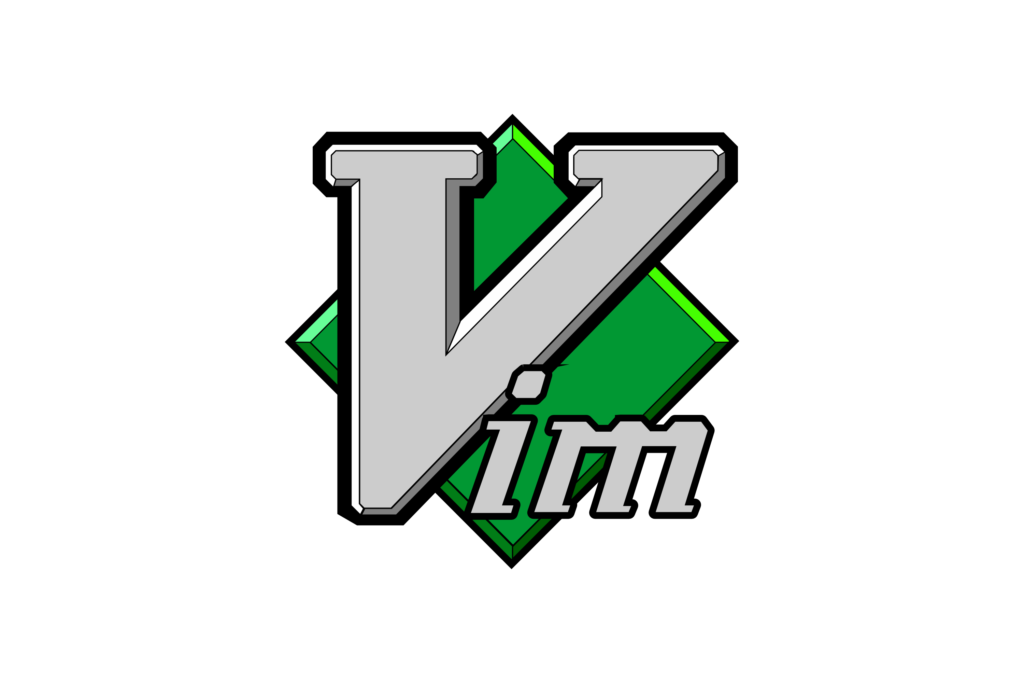Imagine you’re a librarian, tasked with organizing a vast collection of books, documents, and artifacts. You have two main sections: the neatly arranged bookshelves, representing structured data, and the chaotic archive room, symbolizing unstructured data. Just as a librarian needs different strategies to manage these two areas, data professionals must adapt their approaches to handle distinct types of data.
Structured Data: The Bookshelves
Structured data is like a well-organized library, where each book (data point) has a designated place, and its contents are easily searchable. This type of data is typically stored in databases, spreadsheets, or tables, with clear labels and categories. Think of customer information, transaction records, or sensor readings – all neatly arranged and easily accessible.
Querying Structured Data: A Walk in the Park
To retrieve specific information from structured data, you can use SQL (Structured Query Language) or other query languages. It’s like asking the librarian to fetch a specific book; they know exactly where to find it. You can ask questions like “What’s the average age of our customers?” or “What’s the total sales revenue for the quarter?” and get precise answers.
Unstructured Data: The Archive Room
Unstructured data, on the other hand, is like the archive room – a treasure trove of diverse documents, images, videos, and texts, without clear labels or organization. This type of data includes social media posts, emails, audio files, or even handwritten notes. It’s like searching for a specific document in a pile of papers; you need a different approach.
Querying Unstructured Data: A Treasure Hunt
To extract insights from unstructured data, you need more flexible and creative methods. Techniques like natural language processing (NLP), machine learning, or text analytics come into play. It’s like asking the librarian to find all documents mentioning a specific topic or sentiment; they need to dig deeper and use their expertise.
When to Use Each Type
- Structured Data: Ideal for transactional systems, customer databases, or sensor data, where precise and efficient querying is crucial.
- Unstructured Data: Suitable for social media monitoring, text analysis, or image recognition, where flexibility and adaptability are key.
Conclusion
In the world of data, structured and unstructured territories require different approaches. By understanding the strengths and weaknesses of each type, you can navigate the data landscape with ease. Whether you’re a seasoned software engineer or a data newbie, recognizing the importance of adapting your strategy will make you a master data explorer.
Remember, the librarian’s toolkit is diverse, and so should be yours. Happy data adventures!


